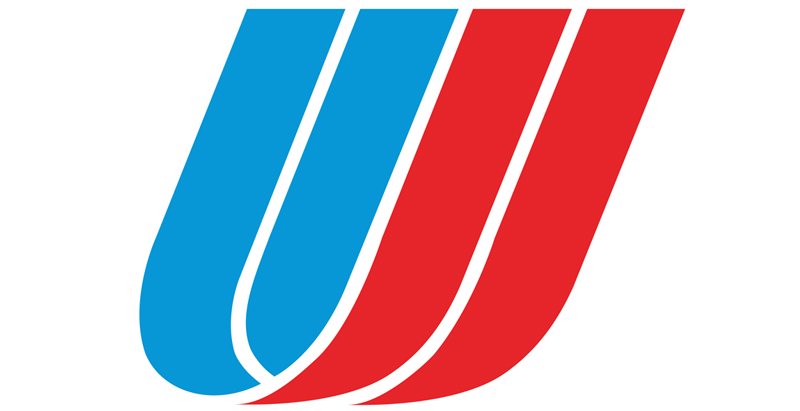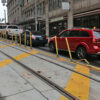S aul Bass would have been 96 years old today — he passed away slightly greater than 20 years ago — but one of his most famous works is no longer in use.
If United Airlines is your preferred airline of choice, you might have lamented the decision to retire what is popularly known as the “tulip” logo in favor of the abstract globe logo used for years by Continental Airlines when it was merged with United Airlines.
Remembering the United Airlines “Tulip” Logo and Its Designer
The “tulip” logo — a red, white and blue abstract of the letter U — survived three branding changes for 38 years since it was first introduced in 1974, replacing the “vertical spike” logo which preceded it. The “tulip” — originally designed by Bass — was updated in 2004 by Pentagram in a monochromatic blue scheme as part of a refreshing of the livery of United Airlines.

Ironically, Bass also designed what was known as the “jetstream” logo of Continental Airlines back in 1968, which in the early 1990s was also replaced by the abstract globe logo developed by Lippincott.
With its inherent inaccuracies, I never particularly cared for the abstract globe logo of Continental Airlines — even when it was first introduced in the early 1990s along with the the logotype using a modified bold version of the Perpetua typeface, which would not have been my first choice of typeface to use for an airline.

Along with the globe logo, I found the Perpetua typeface to be staid, stale and stagnant — not exactly the image one wants to convey to represent an airline, in my opinion.


I am just thankful that United Airlines decided not to use the Perpetua typeface for its current logotype, as was used temporarily during the merger with Continental Airlines. I am not thrilled about the sans-serif typeface used in its current logotype either — but it is a cleaner choice than Perpetua. Then again, it does not differentiate much from the custom logotype of Delta Air Lines, which also uses a blue sans-serif typeface letter-spaced against a white background which was first introduced on Monday, April 29, 2007 when Delta Air Lines emerged from bankruptcy protection.
The Delta Air Lines “Widget” is Literally a Gas?

Interestingly, the “onward and upward” brand identity for Delta Air Lines was also created by Lippincott. Some have compared the duo-toned red “widget” with the Citgo logo device.

Today’s designers apparently do not — but what do I know? I only graduated from one of the top design schools in the world with my Bachelor of Fine Arts degree, which included scholarships…

…and therein lies the conundrum for me: art is subjective. If you do not like a logo I designed, who am I to tell you that you are wrong — just because I graduated from art school in New York?
Summary
In the end, it probably does not matter what people think about the current logotype and livery employed for use by United Airlines, as it will still be in the business of transporting people worldwide. Despite the objection to the decision to retire the “tulip” logo, it will still live on in the hearts and minds of many of the United Airlines faithful.

